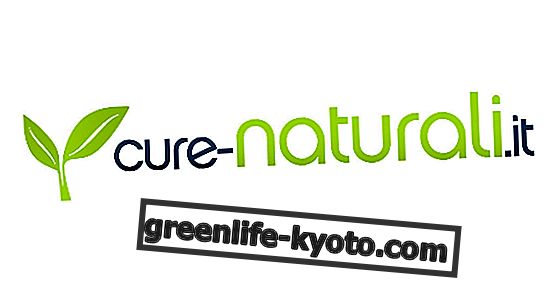
Cracks, cuts, fissures? How can we overcome these problems?
In nature there are some plants with healing and antibacterial properties, from which effective remedies are obtained to protect our skin from infections and to accelerate the processes of re-epithelialization and healing.
Let's see some of the most effective and above all easy to use.
Hypericum oil
Also called San Giovanni Oil, Hypericum oleolite is an effective healing remedy thanks to some restorative components of the skin such as the carotene that our body transforms into vitamin A, and a series of flavonoids with an antioxidant action. Hypericum oil is indicated in case of burns, on bedsores, fissures, stretch marks and even in the case of sunburn .
In fact, thanks to its active ingredient, hypericin, the tissue regeneration process is accelerated. Hypericum oil Moisturizes, nourishes, tones the skin and acts actively against aging.

Calendula oil or pomade
Calendula and its oil re-enter, like Hypericum oil, among those remedies defined as eudermic, that is, friends of the skin: it has an emollient, soothing and healing action.
Thanks to its components of carotenoids, flavonoids and mucilage , calendula oil is able to disinfame redness, burns, to heal small wounds, and to disinfect from insect bites .
Calendula is indicated in case of sunburn, skin irritation of children, mosquito bites, small cuts, fissures in particularly sensitive areas. Thanks to calendulin it disinfects, disinfects and helps re-epithelialization.
Find out how to make the calendula cream

Sage
The Salvia leaves exert an effective antibacterial and cicatrizing action, in addition to many other properties; it is rich in vitamin A, B vitamins, Vitamin C and Vitamin E and essential oil.
It is indicated for small wounds and cuts that struggle to heal, and infections. In fact, thanks to its bactericidal activity it disinfects the part and accelerates the healing processes.
These beneficial properties can be read in the ancient herbal medicine manuals of the monasteries, in whose herbariums the sage "that saves" never failed. The leaves were macerated in oil and kept in the dark to obtain the first aid remedy to treat wounds .

Horsetail
The Horsetail or Coda Cavallina is a remedy rich in mineral salts, so as to deserve the name of Vegetable Clay : it is in fact the king of remineralizers, useful for bones and hard tissues such as teeth, nails and hair. Rich in silica, flavonoids and saponins, it is an excellent healing agent in case of sores and ulcers.
It is able to perform this powerful action even from the inside, in case of intestinal ulcers . It also exerts haemostatic activity, especially in the case of nasal bleeding.














